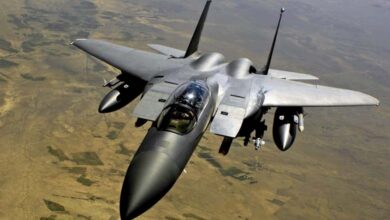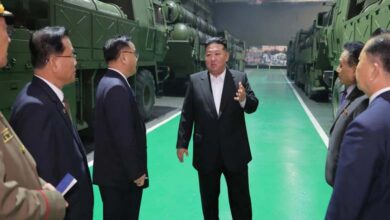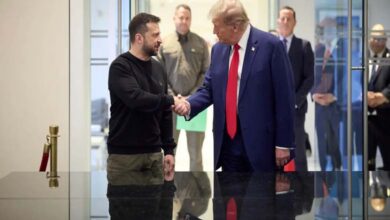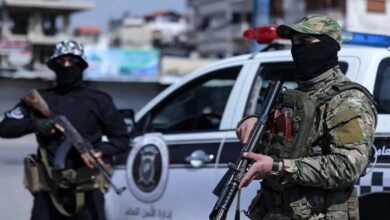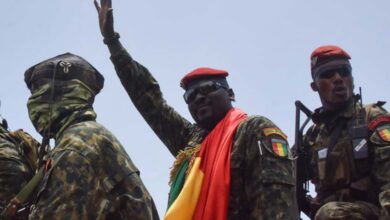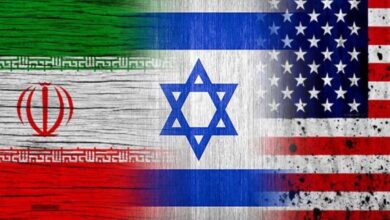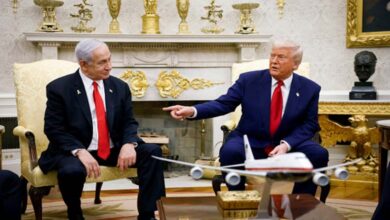History of the Sudanese conflict: How did the rift in the forces of Khartoum begin?
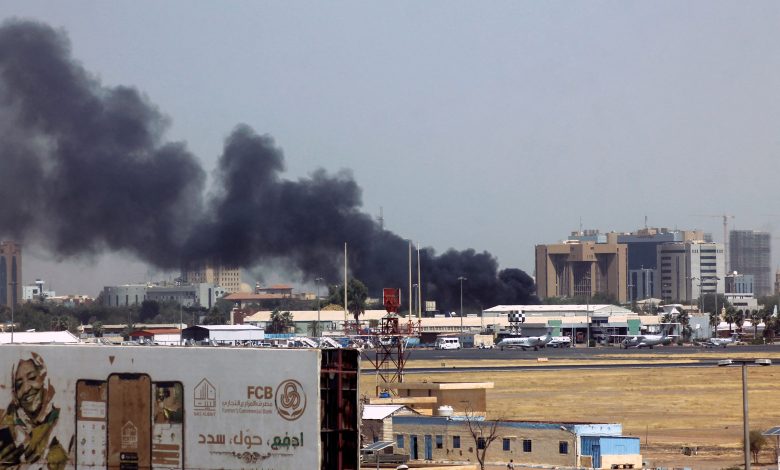
Over the past few days, the Sudan has witnessed major challenges between two main forces in the military units that have clashed together in what is called street warfare. Clashes have continued between the Sudanese army, led by the Commander-in-Chief of the Armed Forces, General Abdul Fattah al-Burhan, and the Rapid Support Forces, led by the Vice-President of the Sovereign Council, General Mohamed Hamdan Dogolo, known as “Hemeti”.
Events in the Sudan have been very rapid, with the situation in the Sudan evolving into a phase of armed confrontation and fighting between the army and the paramilitary Rapid Support Forces.
The following is a chronology of events in the Sudan:
December 19, 2018
Protests in Atbara over rising bread prices and the economic crisis spread as demonstrations reach Khartoum and security forces respond with tear gas and gunfire.
April 6, 2019
Hundreds of thousands of protesters have held a sit-in in front of the military headquarters in Khartoum, and five days later, President Omar al-Bashir is ousted and detained by the military.
Al-Bashir’s three-decade rule ended, and protesters continued to hold a sit-in to demand the handover of power to civilians.
Security forces storm sit-in in front of army headquarters; opposition-linked medics say more than 100 people were killed in the raid.
August 17, 2019
Civilian forces are to sign a power-sharing agreement with the military during a transition period leading to elections.
Abdalla Hamdok, an economist and former UN official, was appointed to head the government.
August 31, 2020
The transitional authorities are reaching a peace agreement with some rebel groups from the troubled western Darfur region and southern areas of South Kordofan and Blue Nile, but two main groups are rejecting it.
October 23, 2020
Sudan agrees to take steps to normalize relations with Israel in US-brokered deal.
This is to remove the United States from its list of state sponsors of terrorism.
June 30, 2021
Sudan is getting approval to forgive at least $56 billion in foreign debt after economic reforms are carried out under the auspices of the International Monetary Fund.
October 25, 2021
Security forces arrest Prime Minister Hamdok and several civilian leaders in pre-dawn raids.
After weeks of civil-military exchanges and a failed coup attempt, army chief General Abdul Fattah al-Burhan announced the dissolution of the civilian government and other transitional bodies.
November 21, 2021
After several mass rallies protesting Hamdok’s detention and the suspension of most international financial support for Sudan, military leaders and Hamdok announce an agreement to reappoint him as prime minister.
October 25, 2022
Huge crowds take to the streets of Sudan on the first anniversary of the events, in one of the largest rallies in the anti-military protest campaign.
In Khartoum, protesters face tear gas and sound grenades and a civilian is killed in the nearby city of Omdurman, the 119th death during the protests.
December 5, 2022
Civilian forces marginalized by the coup have signed a framework agreement with the military to begin a new two-year political transition and appoint a civilian government.
April 5, 2023
The signing of the final transition agreement has been delayed for a second time, amid disagreements over whether the military should be under civilian oversight and over plans to integrate the Rapid Support Forces (RSF) into the armed forces.
April 13, 2023
The mobilization of the RSF carries the risk of confrontation, and two days later clashes erupt between the two sides in Khartoum and other cities, the Sudanese army says.


